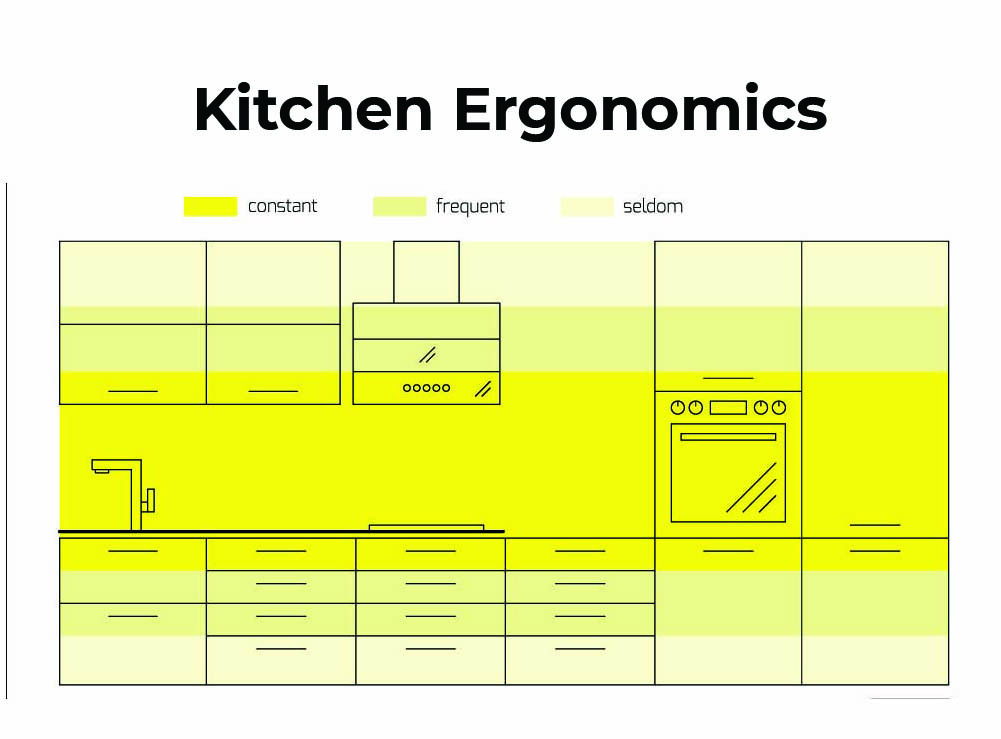Kitchen ergonomics is the study of designing and arranging a kitchen space in a way that maximizes efficiency, comfort, and safety. It takes into consideration the physical and cognitive capabilities of the people using the kitchen, and aims to create a functional and user-friendly environment for cooking, cleaning, and other kitchen activities. Here are some key principles of kitchen ergonomics:
1. Work Triangle
The concept of the kitchen work triangle involves arranging the three main kitchen workstations – the sink, the stove, and the refrigerator – in a triangular formation to minimize the distance and effort required to move between them. This layout allows for efficient movement while cooking and helps to reduce strain on the body.

2. Counter Heights
The height of countertops should be at a comfortable level, typically around 36 inches (91 cm) from the floor. This allows for easy food preparation and minimizes strain on the back and shoulders. Adjustments can be made for taller or shorter individuals to ensure a proper fit.
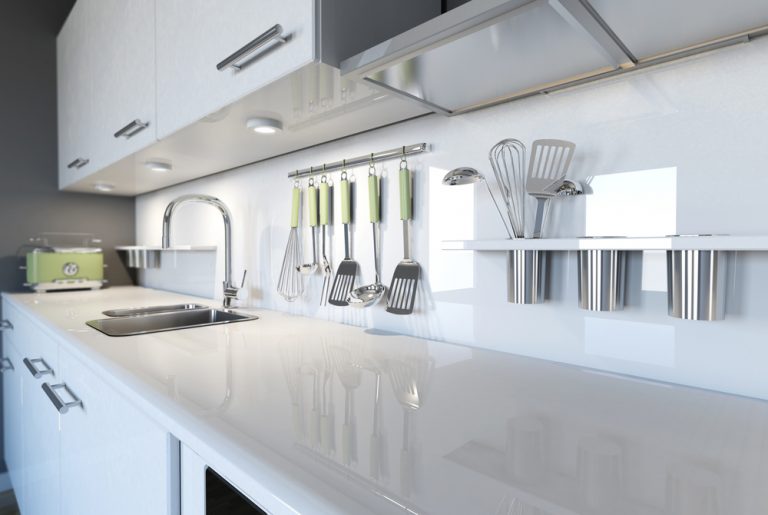
3. Cabinet and Drawer Design
Cabinets and drawers should be designed with ergonomic features such as pull-out shelves, lazy susans, and soft-close mechanisms to make accessing and organizing kitchen items easier and more convenient. Heavy or frequently used items should be stored at waist height to minimize bending or reaching.
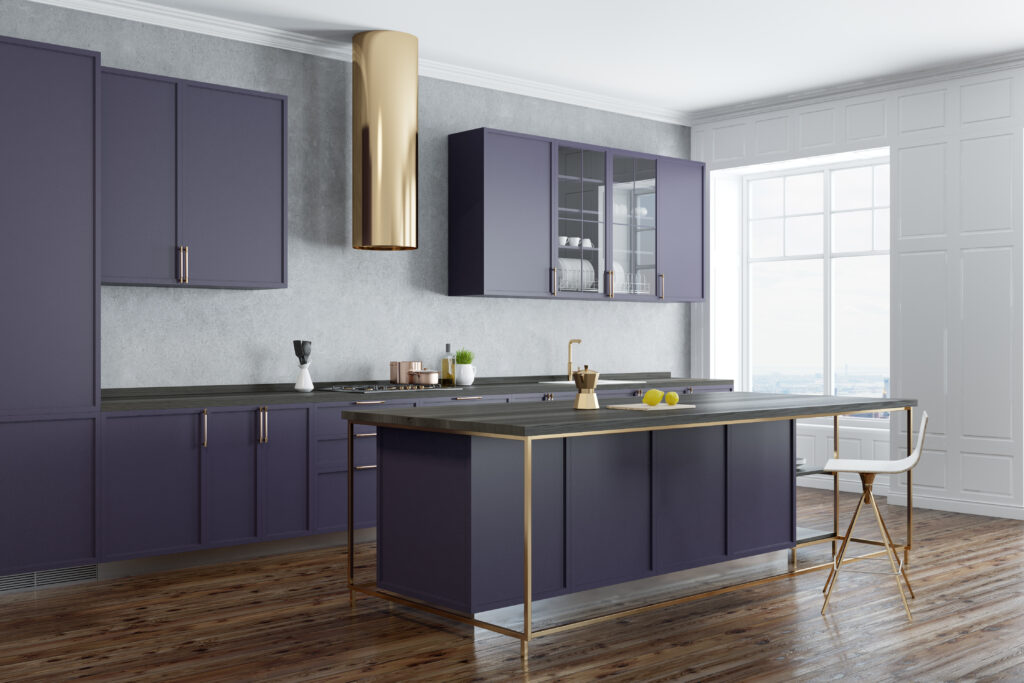
4. Lighting
Adequate lighting is crucial in a kitchen to ensure safety and visibility while working. A combination of ambient, task, and accent lighting should be used to eliminate shadows, reduce eye strain, and provide ample illumination for cooking tasks.
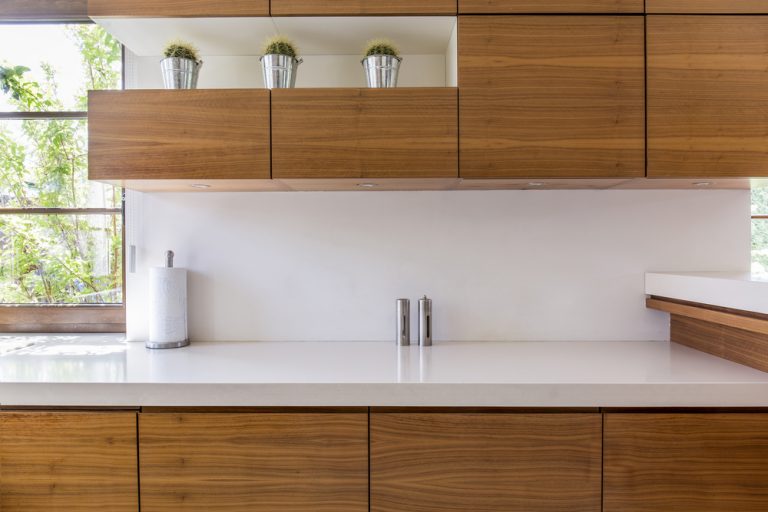
5. Flooring
Choosing the right flooring material is important in kitchen ergonomics. It should be slip-resistant, easy to clean, and comfortable to stand on for extended periods. Anti-fatigue mats can also be used in areas where prolonged standing is required to reduce discomfort and fatigue.

6. Appliance Placement
Appliances such as ovens, microwaves, and dishwashers should be placed at an appropriate height to avoid bending or stooping. Built-in appliances can be installed at a height that is comfortable for the user, taking into account their height and physical abilities.
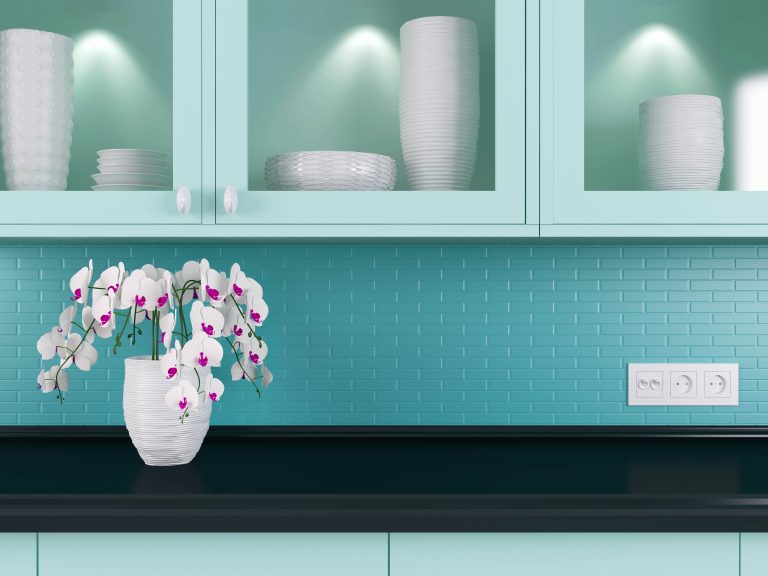
7. Clearances and Traffic Flow
Sufficient clearances should be maintained between countertops, appliances, and other kitchen elements to allow for easy movement and avoid potential hazards. Traffic flow should be optimized to minimize collisions and allow for smooth movement within the kitchen.

8. Accessibility
Designing a kitchen with accessibility in mind is an important aspect of kitchen ergonomics. Considerations such as lower counter heights, lever handles on cabinets and faucets, and wider doorways can make the kitchen more user-friendly for individuals with physical disabilities or mobility challenges.

By incorporating these principles of kitchen ergonomics, you can create a kitchen space that is efficient, comfortable, and safe, reducing the risk of injuries and strain while maximizing usability and enjoyment. It is important to consider the needs and capabilities of the users of the kitchen when designing or renovating a kitchen space. Consulting with a professional kitchen designer or an architect with expertise in ergonomics can be helpful in ensuring that your kitchen is optimized for ergonomics.
